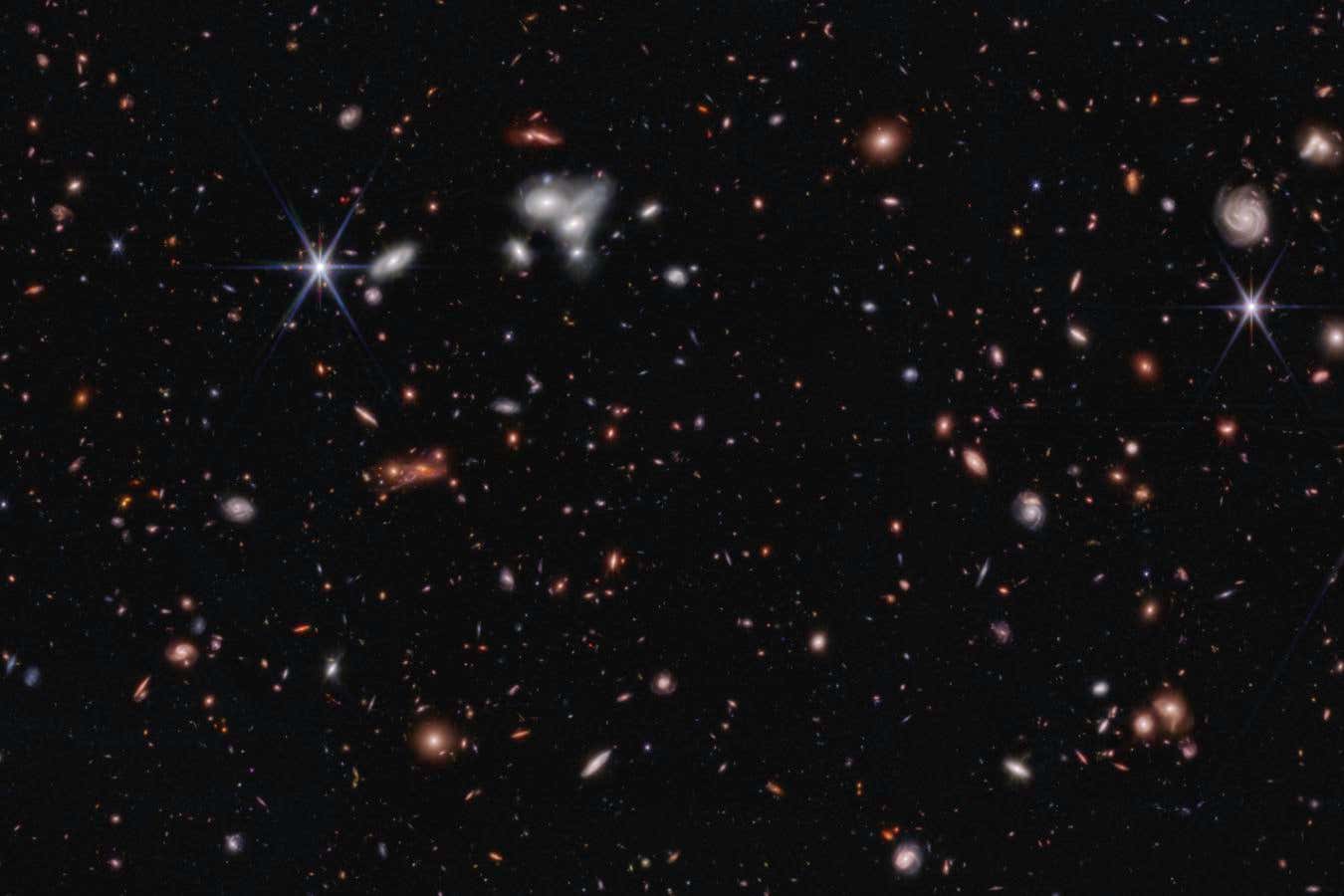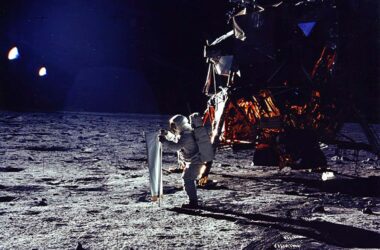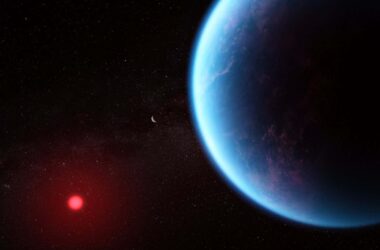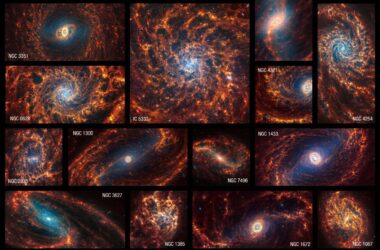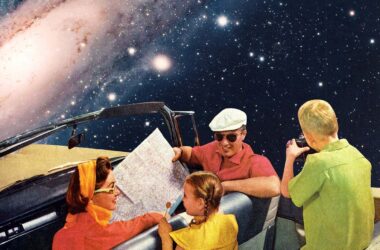The James Webb Space Telescope (JWST) has recently examined distant galaxies and supermassive black holes that existed when the universe was less than 1 billion years old.
A new analysis of JWST’s observations reveals that the earliest supermassive black holes were much more massive than the ones we observe today. This finding provides strong evidence for the existence of direct collapse black holes, which are black holes that form without the presence of stars.
Astronomers have long speculated about the existence of such black holes, but this is the most compelling evidence we have so far. The discovery challenges our current understanding of black hole formation and raises new questions about the early universe.




